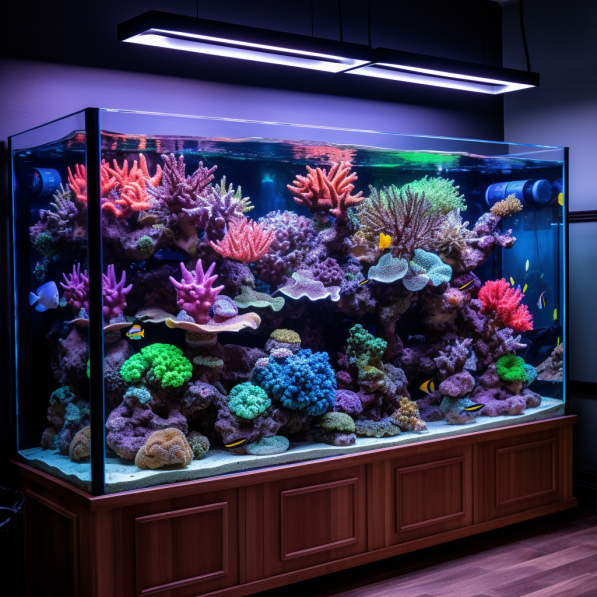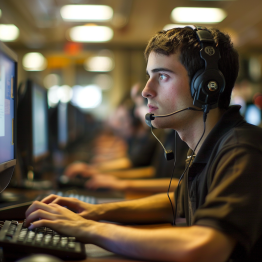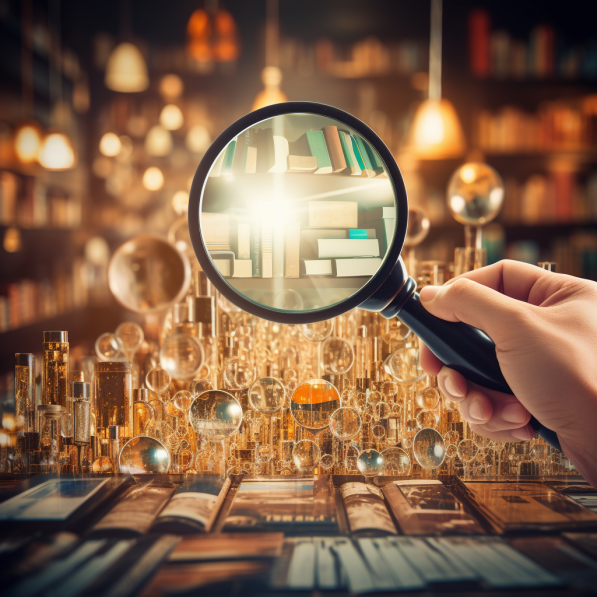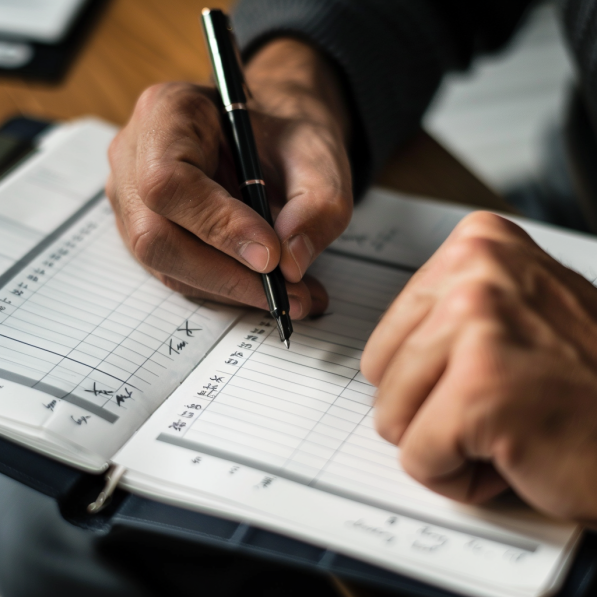Description : Select a tank size that fits your space and species needs. Ensure the stand is sturdy and can support the weight of a full aquarium.Checklist :
Choose tank size
Select appropriate stand
Ensure location can support weight
Description : Choose a filtration system that can handle the bioload of your tank. It should efficiently remove waste and maintain water quality.Checklist :
Decide on type (canister, HOB, sump)
Purchase mechanical, chemical, and biological media
Install and test the system
Description : Invest in lighting suitable for the organisms you plan to keep. Different species require different light intensities and spectrums.Checklist :
Research lighting requirements for planned inhabitants
Purchase lighting system (LED, T5, etc.)
Set up a lighting schedule
Description : A protein skimmer removes organic compounds from the water, helping to maintain a clean and healthy environment for your tank inhabitants.Checklist :
Select a skimmer rated for your tank size
Install according to manufacturer instructions
Adjust for optimal operation
Description : Live rock and sand provide natural filtration, beneficial bacteria habitats, and a more authentic environment for your marine life.Checklist :
Calculate required pounds of live rock
Choose live sand quantity for substrate
Arrange rock for aesthetic and functional layout
Description : Install powerheads or wave makers to create adequate water flow, simulating natural ocean currents, which is essential for many marine species.Checklist :
Determine total water turnover needed
Purchase adequate powerheads or wave makers
Position for even water flow
Description : Maintain stable water temperatures appropriate for your specific marine life with a reliable heater and, if necessary, a cooling system.Checklist :
Choose heater with correct wattage for tank size
Consider a chiller for high-temperature environments
Install and set to desired temperature
Description : Regularly test your water for salinity, pH, ammonia, nitrites, nitrates, and other relevant parameters to ensure a healthy tank environment.Checklist :
Acquire test kits for pH, ammonia, nitrite, nitrate, and salinity
Buy refractometer for accurate salinity readings
Schedule regular testing intervals
Description : Set up a separate quarantine tank for new arrivals to prevent the spread of disease to your main tank.Checklist :
Set up a smaller tank with basic filtration
Include a heater and simple lighting
Have medication on hand for common diseases
Description : Gather necessary maintenance tools, including algae scrapers, siphons for water changes, and nets, to keep your tank clean and your inhabitants healthy.Checklist :
Gather algae scrapers or magnets
Purchase siphon for water changes
Stock up on replacement filter media and other consumables
Description : An auto top-off system helps maintain consistent water levels and salinity by automatically adding fresh water as it evaporates.Checklist :
Choose an ATO system compatible with your tank size
Set up reservoir for fresh water
Install and calibrate the ATO system
Description : Consider adding a refugium, which can help control nutrients, provide a safe area for beneficial organisms, and add to the overall stability of your tank’s ecosystem.Checklist :
Decide on in-tank or sump refugium
Select macroalgae and live rock/sand
Install lighting suitable for macroalgae growth
This comprehensive checklist combines essential components and considerations with detailed action items to guide you through setting up a successful saltwater aquarium.
Aquarium Tank The foundation of your marine ecosystem, the tank’s size should be chosen based on the space available and the species you plan to keep. Larger tanks are more stable in terms of water parameters but require more equipment and maintenance.
Stand A robust stand is crucial as it needs to support the significant weight of the aquarium when filled with water, substrate, decorations, and equipment. Ensure it is level to prevent stress and potential cracks in the tank.
Filtration System The filtration system is the heart of your aquarium’s water quality management. It should be capable of mechanical, chemical, and biological filtration. The choice between canister filters, sump systems, and hang-on-back filters depends on tank size and bioload.
Lighting Proper lighting is essential, especially in reef tanks where corals depend on light for photosynthesis. LED lighting systems are preferred for their full spectrum capabilities, energy efficiency, and longevity. The lighting setup should mimic natural light cycles with periods of daylight and moonlight.
Protein Skimmer A protein skimmer is highly recommended for marine tanks to remove dissolved organic compounds (DOCs) before they decompose into nitrogenous waste. This helps maintain high water quality and clarity, and supports healthier marine life.
Heater (and possibly a Chiller) Stable temperature is vital for a marine aquarium. Heaters are necessary to maintain the right temperature range, while chillers might be needed in warmer climates or for tanks housing temperature-sensitive species.
Live Rock and Substrate Live rock serves as a natural biological filter, hosting beneficial bacteria that break down waste. The substrate, such as sand, not only adds to the aesthetic appeal but also contributes to the biological filtration process.
Water Movement Equipment Water movement is critical for simulating natural ocean currents, delivering nutrients to corals and invertebrates, and removing waste from the tank floor. Powerheads and wave makers are used to achieve this.
Test Kits Regular testing of water parameters is essential for the health of your aquarium. Test kits for pH, ammonia, nitrite, nitrate, salinity, and other parameters help in monitoring and maintaining an ideal environment.
Salt Mix and RO/DI Water System A reliable source of clean water is crucial. Reverse Osmosis/Deionization (RO/DI) systems remove contaminants from tap water. The salt mix is used to replicate ocean water conditions necessary for marine life.
Quarantine Tank A quarantine tank is a preventive measure for introducing new fish or corals to your main tank. It helps in observing new additions for signs of disease or stress without risking the health of your established tank.
Maintenance Tools Tools such as algae scrapers, siphons for water changes, and nets are essential for regular maintenance tasks. They help in keeping the tank clean and performing necessary water changes and equipment checks.
Decorations and Marine Life Choosing the right mix of fish, corals, and invertebrates is crucial for a balanced ecosystem. Decorations not only enhance the tank’s appearance but also provide hiding places and territories for your marine life.
By paying close attention to each of these aspects, you can create a thriving marine aquarium that is both a joy to maintain and a stunning visual addition to your space.
Use hand in hand with out Marine Tank Set up Checklist you have all you need to succeed with this fascinating hobby.






